The Ultimate Guide to Music Metadata
Get Your Music Heard, Get Paid
Your music’s metadata is just as important as the music itself. Think of metadata as the essential information about your music – everything from the song title and artist name to the songwriters, genre, and release date. It’s the key that unlocks discoverability on streaming platforms and ensures you get paid the royalties you’ve earned. At Best Coast Records, we understand the importance of metadata, and we’re here to help you get it right. This guide will walk you through everything you need to know about music metadata and how to optimize it for success.
Why is Music Metadata So Incredibly Important?
Imagine walking into a library with no cataloging system. Finding a specific book would be nearly impossible, right? Music streaming platforms are similar. They rely on accurate and complete metadata to organize their vast libraries, power their search algorithms, and connect listeners with the music they’re searching for. Incorrect, incomplete, or missing metadata can have serious consequences:
- Lost Royalties: If your metadata is incomplete or inaccurate, Performing Rights Organizations (PROs) like ASCAP, BMI, and SESAC, as well as mechanical rights organizations like The MLC, may not be able to identify your tracks. This means you could be missing out on significant income from streams, downloads, and public performances. It’s like leaving money on the table.
- Poor Discoverability: Streaming algorithms are driven by metadata. They use this information to understand your music’s genre, mood, and other characteristics. Without accurate and comprehensive metadata, your music may not appear in relevant searches, personalized playlists, or algorithmic recommendations, severely limiting your potential reach.
- Copyright Issues: Properly documented metadata is essential for establishing and protecting ownership of your music. It serves as crucial evidence in case of copyright disputes or infringement. Think of it as the legal documentation for your creative work.
- Data Analytics Limitations: Accurate metadata is essential for tracking your music’s performance. Streaming platforms provide valuable analytics on your listeners, demographics, and geographic reach. However, if your metadata is flawed, these insights become unreliable, hindering your ability to make informed marketing and career decisions.
Key Elements of Music Metadata: A Detailed Breakdown
Here’s a detailed breakdown of the essential metadata elements you need to include for each track:
- Song Title: The official, registered title of your song. Avoid using alternate titles or abbreviations unless they are officially recognized.
- Artist Name(s): The legal name(s) of the performing artist(s) or band. Consistency is paramount. Use the same artist name across all releases to avoid creating fragmented artist profiles on streaming platforms.
- Composer(s)/Writer(s): The legal name(s) of the individuals who wrote the song’s composition. This is absolutely crucial for royalty collection, as it determines who gets paid for the songwriting itself.
- Publisher(s): The name(s) of the publishing company(ies) that administer the song’s composition. If you are self-published, you are considered the publisher.
- ISRC Code (International Standard Recording Code): A unique, permanent identifier for each individual recording of a song. Think of it as a digital fingerprint. ISRC codes are essential for tracking streams, downloads, and other uses of your music. You’ll need a separate ISRC code for each version of a track (e.g., radio edit, instrumental).
- Genre: The musical genre of the song. Be as specific as possible. Instead of just “Rock,” consider “Indie Rock,” “Alternative Rock,” or even more niche subgenres. Accurate genre tagging helps your music reach the right listeners.
- Release Date: The official date your song is released to the public. This is important for promotional purposes and for tracking release performance.
- Album Title (if applicable): The title of the album or EP the song appears on.
- Track Number (if applicable): The track number of the song on the album. This helps maintain the intended listening order.
- Label (if applicable): The name of the record label releasing the music. If you are releasing music independently, you can list “Independent” or your own label name.
- Copyright Information: The year of copyright and the copyright owner. This protects your intellectual property. Include both the copyright for the sound recording (℗) and the copyright for the composition (©).
- Lyrics (Optional but Recommended): Including lyrics can improve discoverability and engagement, especially for songs with strong lyrical content.
- Mood/Keywords (Optional but Helpful): Adding mood tags (e.g., “Happy,” “Sad,” “Energetic”) and keywords can further enhance discoverability on some platforms.
- Contributors (Optional): If other musicians, producers, or engineers contributed to the recording, you can include their information as well.
Optimizing Your Metadata: Best Practices for Success
Here are some best practices to follow for optimizing your music metadata:
- Accuracy is Paramount: Double-check everything. Typos, incorrect information, or inconsistencies can lead to lost royalties and discoverability issues. Treat your metadata with the same level of care you give your music production.
- Consistency is Key: Use the exact same artist name, song title, and other metadata consistently across all platforms, releases, and promotional materials. This creates a unified digital presence for your music.
- Completeness Matters: Fill in all relevant fields. The more information you provide, the better equipped streaming platforms are to understand and categorize your music.
- Use Proper Formatting: Adhere to the formatting guidelines provided by your distributor, PROs, and other organizations. They often have specific requirements for capitalization, abbreviations, and other details.
- Register Your Music with PROs and MROs: Register your songs with your Performing Rights Organization (ASCAP, BMI, SESAC) to collect performance royalties and a Mechanical Rights Organization (like The MLC in the US) to collect mechanical royalties. This is essential for getting paid for public performances, streams, and downloads.
- Regularly Review Your Metadata: Periodically check your metadata on streaming platforms to ensure it’s accurate and up-to-date. Metadata errors can sometimes occur during the distribution process, so it’s good to catch them early.
- Use a Reliable Distribution Platform: Choose a reputable digital music distributor that has a robust metadata management system. They should provide clear instructions and tools to help you enter your metadata correctly.
Best Coast Records: Your Partner in Music Success
At Best Coast Records, we understand that managing music metadata can be complex and time-consuming. That’s why we offer comprehensive publishing and distribution services to help you navigate these complexities effectively and maximize your earnings. We’ll guide you through the process, ensuring your music is properly registered, your royalties are collected, and your music is discoverable to fans worldwide. We’re here to handle the details so you can focus on what matters most: creating great music.
Ready to take your music career to the next level? Contact us today for a free consultation!
–
#MusicMetadata #MusicPublishing #DigitalDistribution #IndieMusic #MusicBusiness
Best Coast Records

